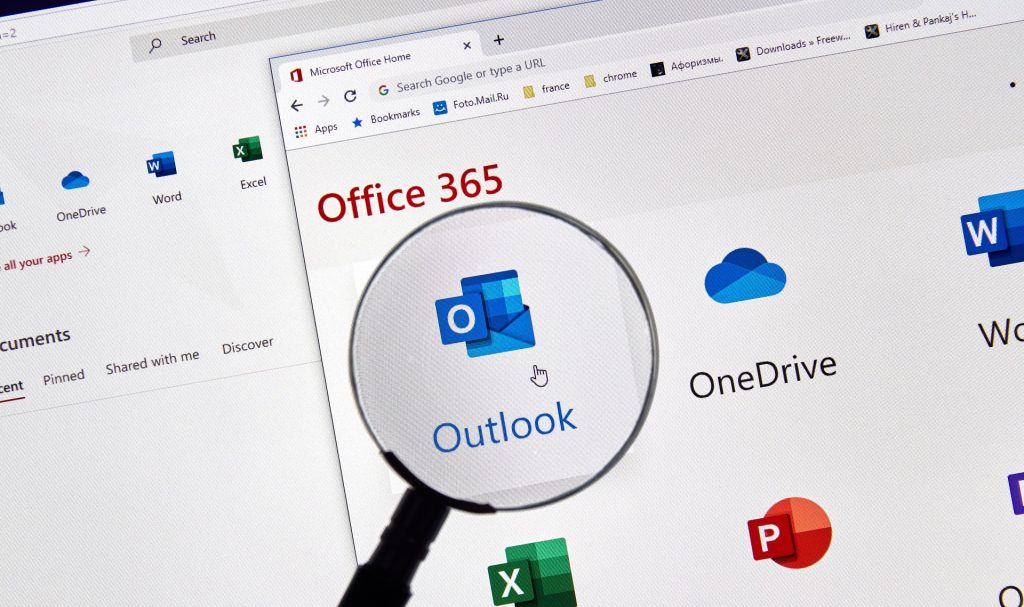Have you ever experienced the chaos of running a year-round program across 6 countries and more than 50 buyers and 200 stakeholders?
Have you ever tried to provide an update, trying to work out if everything is still on track and where to focus scarce resources to maximize output?
If you answered “yes” to the questions above, there is a strong possibility that you have been expending a lot of energy consolidating and updating a vast set of data and that you have been fighting in many languages to get this information in the right medium.
I would even hazard a guess that your main tool to get to a satisfactory output, bar your incredible faith and diplomacy, was Outlook. For nearly 30 years email has been the main tool of procurement professionals, and it is still a lifesaver today. For those like me old enough to remember the fax, and early attempts at electronic mail clients, Outlook was undeniably a huge improvement, providing a slick communication flow as well as handy storage capability. There is no denying that email, like the simple pen, is a useful tool and here to stay.
But what about that elusive platform allowing direct exchange of information? We have all tried for a while to make the big, cumbersome e-commerce platforms work, with varying levels of success, and those of us with less than a few million euros (and a lot of time) to invest, with less success than most.
But simple solutions are now available, born from social networks, of course. For example in one of our cases, the organisation, an international retailer with various entities and business units was keen to get a collaborative platform to track activity within the procurement community (in the widest sense). The aim was not to set up a complex eRFX tool but rather, after years of struggle, to get everybody on one tool with one way to report progress on activity.
In three weeks, 300 projects were set up and followed by the buyers and two months later 300 more were added. Buyers logged in every day and basically produced short messages, very much like “tweets”, to update on their activities. They followed a rigorous process attaching all documents and contracts, all in real time. Reports are extracted automatically from the system and management can work out what is happening everywhere in any BU.
Surprisingly the biggest benefit we recorded with this approach as opposed to the standard Outlook way, was not only time saving, but more importantly the sense of belonging: belonging to a community with its own process, code and communication tools. Remote users felt they were joining a wider group, and being able to see the progress of the other business units boosts the league table effect and the overall motivation.
It also allowed such a simple exchange of information that meetings can now be devoted to decision making and supporting each other, where previously half of the time was spent making sure everyone had the same data and understood it in the same way.
The surprising fact for most new users is that you don’t need to break the bank to make it happen, you don’t need to beg your IT department to give you servers, developers, integrators etc. Here, a light-touch trial run led to pilot implementation, which led to full implementation without the need to set up an internal solution. It works naturally: it is as simple as using Google and people use it not because you just spent several millions on software and your future depends on the success of its implementation, but because step by step they see that it is helping them to do their job.
To learn more about how Enabling Procurement helped this client and can help you manage vast numbers of projects without creating a cottage industry of IT implementation and report generation , feel free to contact us.
